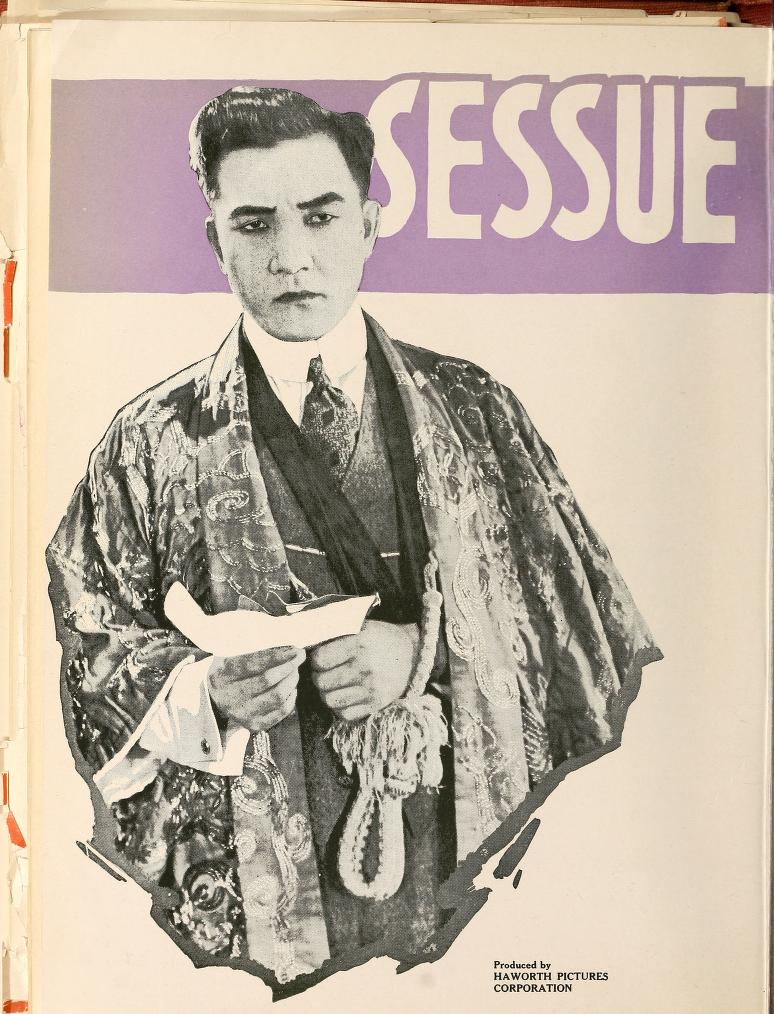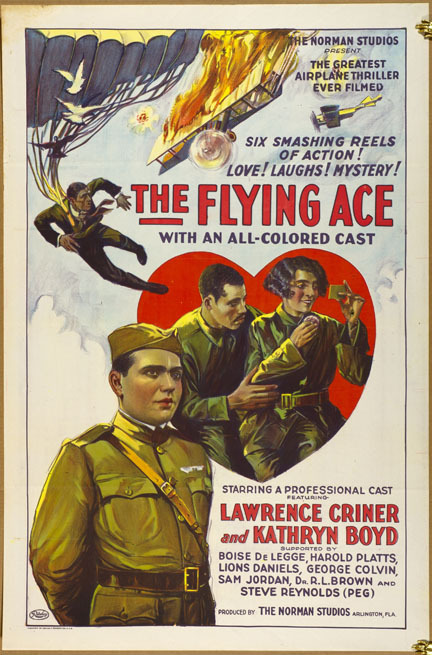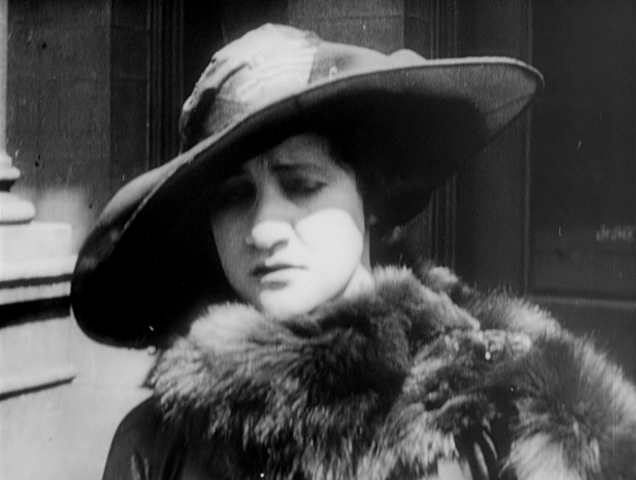One interesting detail about the USA silent industry is how many early artists used the movies to spread cultural awareness. Some did it from within. Sessue Hayakawa& #39;s Haworth Pictures focused on Japanese themes and its films were widely distributed to major theaters.
Marion Wong& #39;s Mandarin Film Company was created with the goal of showcasing Chinese culture throughout the USA but she did not have the same industry contacts as Hayakawa, so the venture folded after just one film.
Other filmmakers decided instead to chase after niche markets. There was a massive demand for movies that featured black actors as the glamorous heroes and not relegating them to comedy relief. The Norman Studios made films to satisfy that demand.
Norman was not the only one but it represents the two directions films for African American audiences were taking: ignore political matters altogether and simply make snappy adventure films with black casts OR attack racism head-on. Oscar Micheaux chose the latter.
While Hollywood films did feature Jewish characters at times, there was a definite demand for the kind of material found in the Yiddish theater. Sidney Goldin sought to address that market with movies like EAST AND WEST, with Yiddish title cards and a young Molly Picon.
Goldin followed up with YIZKOR, a much darker tale of death and antisemitism. It didn& #39;t enjoy the same success as the bubbly EAST AND WEST but Goldin returned to Yiddish filmmaking with the rise of the talkies.
Obviously, each and every one of these industries faced unique challenges. Hayakawa later stated that he was driven out of mainstream Hollywood due to a particularly egregious racist incident. Oscar Micheaux was never allowed within 100 feet of a major studio gate.
(Hayakawa did not go into details about the incident but I absolutely believe him because, well, I know old Hollywood.)
But I would like to point out that every single one of these filmmakers tried to address the needs of under-served markets. A common refrain when discussing glass ceilings and institutional racism is "If there was money in this market, Hollywood would have pursued it!"
Nope.
Nope.
There was clearly money being left on the table. Black audiences were so enthusiastic that many pioneering African American films were literally played to death. (Prints are damaged slightly with each projection.) They wanted more! There was absolutely a market.
Say it with me: Film bros should be banned from economics classes!  https://abs.twimg.com/emoji/v2/... draggable="false" alt="🤣" title="Lachend auf dem Boden rollen" aria-label="Emoji: Lachend auf dem Boden rollen">
https://abs.twimg.com/emoji/v2/... draggable="false" alt="🤣" title="Lachend auf dem Boden rollen" aria-label="Emoji: Lachend auf dem Boden rollen">
But seriously, there were hundreds of cultural and institutional factors in play that all led to one horrible result: a great number of Americans could not see heroes who looked like them on the silver screen.
But seriously, there were hundreds of cultural and institutional factors in play that all led to one horrible result: a great number of Americans could not see heroes who looked like them on the silver screen.
(I speak in the past tense because I am focusing on the silent era but this problem is by no means solved.)
Hollywood continued to aim squarely for the white audience but fortunately, some of the films that had a different focus still survive and many of them hold up just as well as anything released by the big studios. So there.

 Read on Twitter
Read on Twitter




